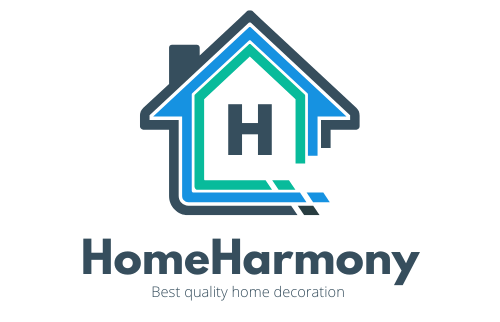Clarity Through Simplicity
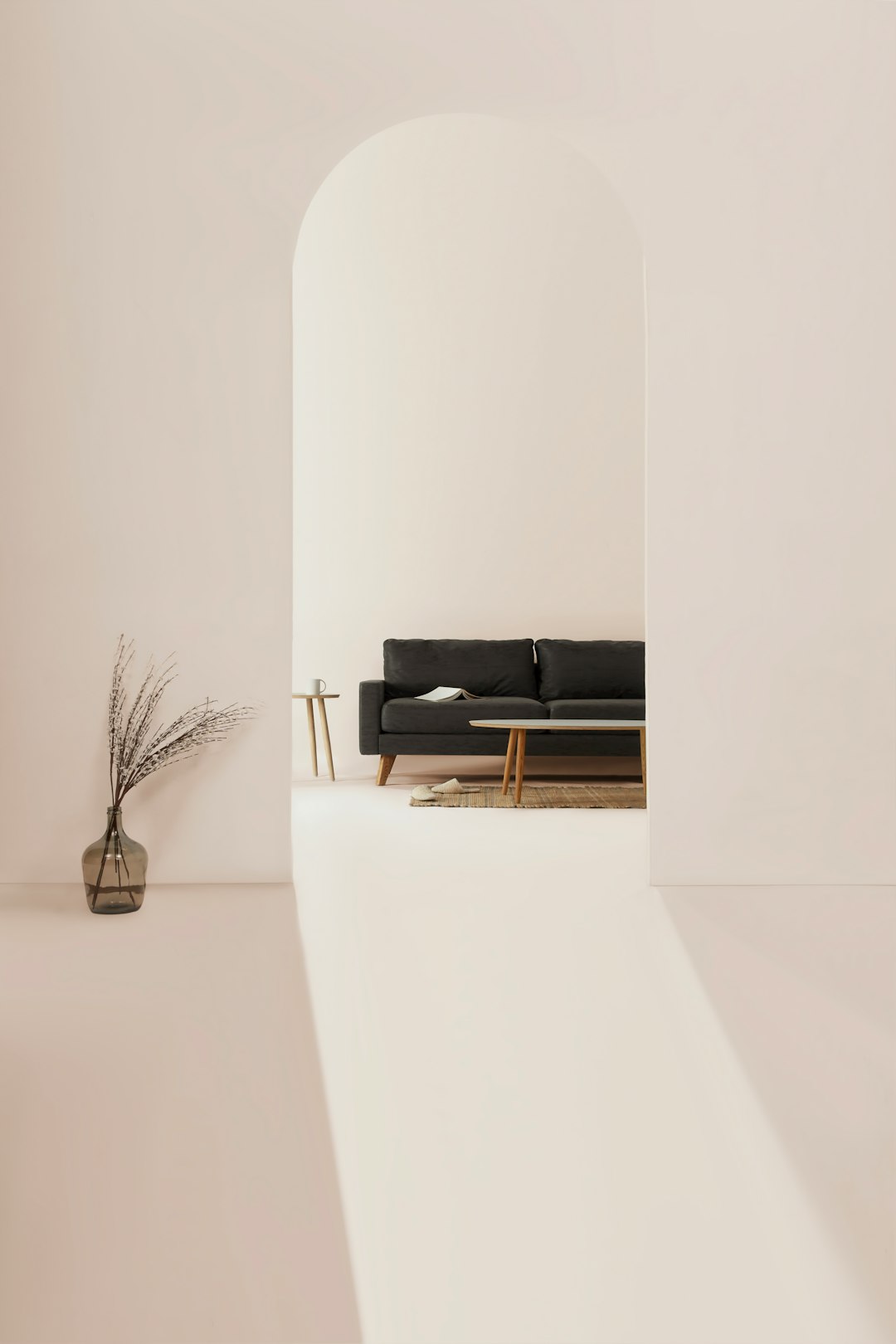
Minimalist design hinges on the power of simplicity, where every element serves a clear purpose. According to a 2024 report by the American Institute of Architects, homes designed with fewer visual distractions help reduce cognitive overload, making spaces feel more restful. White space, or negative space, is not just empty—it gives the eyes a place to rest and the mind a chance to breathe. Designers now prioritize uncluttered surfaces and straightforward lines, as seen in recent Scandinavian interiors that have surged in popularity worldwide. Studies from the University of Michigan in 2023 found that people working in minimalist spaces reported 38% lower stress levels than those in cluttered environments. The absence of unnecessary décor also makes cleaning and maintenance easier, contributing to a sense of order. This clarity in design is like a deep breath for your home, letting you focus on what truly matters.
Purposeful Functionality

Each item in a minimalist space should have a function, and recent trends show a clear shift toward multi-use furnishings. The 2025 Houzz Home Design Trends Study highlights that 61% of homeowners prefer furniture that serves dual purposes, such as storage ottomans or convertible sofas. By choosing pieces that do more, you reduce the need for excess, allowing your space to feel open and intentional. Minimalist kitchens, for example, often feature built-in appliances and hidden storage, streamlining the workflow and creating a peaceful atmosphere. Purposeful functionality isn’t about living with less just for the sake of it—it’s about living with what works best for your lifestyle. New research from the International Journal of Design indicates that functionality-driven spaces improve daily satisfaction and increase feelings of control in residents by 24%. This approach makes even small homes feel expansive and stress-free.
Neutral Color Palettes
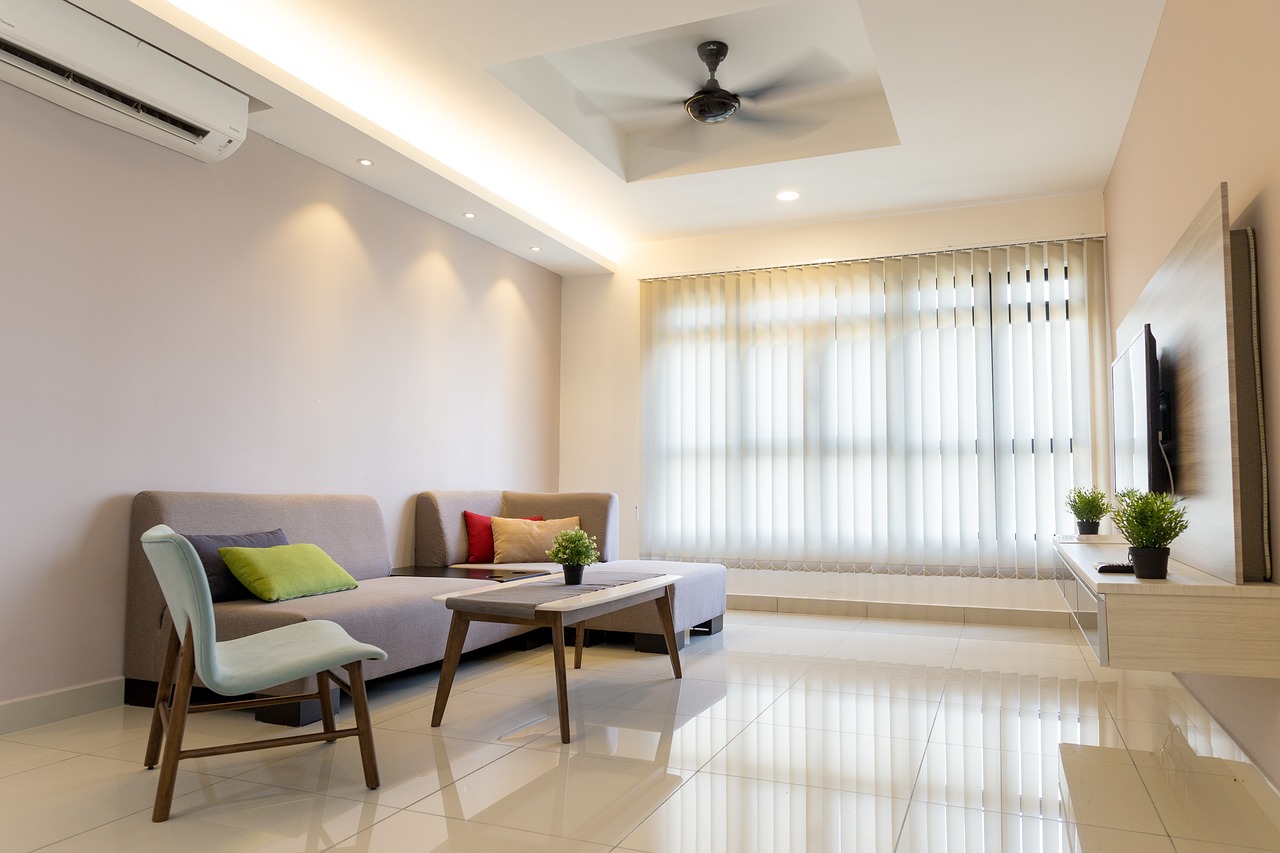
Neutral colors are the backbone of minimalist design, setting a calm tone that soothes the senses. A 2023 survey by Sherwin-Williams found that 72% of homeowners choosing minimalist interiors opted for whites, beiges, and soft grays. These shades reflect natural light beautifully, making rooms appear larger and more inviting. Psychologists have shown in recent studies that neutral palettes can lower heart rates and foster a sense of tranquility—a crucial benefit in today’s fast-paced world. Designers in Japan and Scandinavia have popularized these palettes, showing that serenity can be achieved through consistency and restraint in color choices. The latest trend is to use a variety of textures within the same color family, adding depth without overwhelming the eye. This creates an environment that feels balanced, timeless, and effortlessly welcoming.
Intentional Lighting
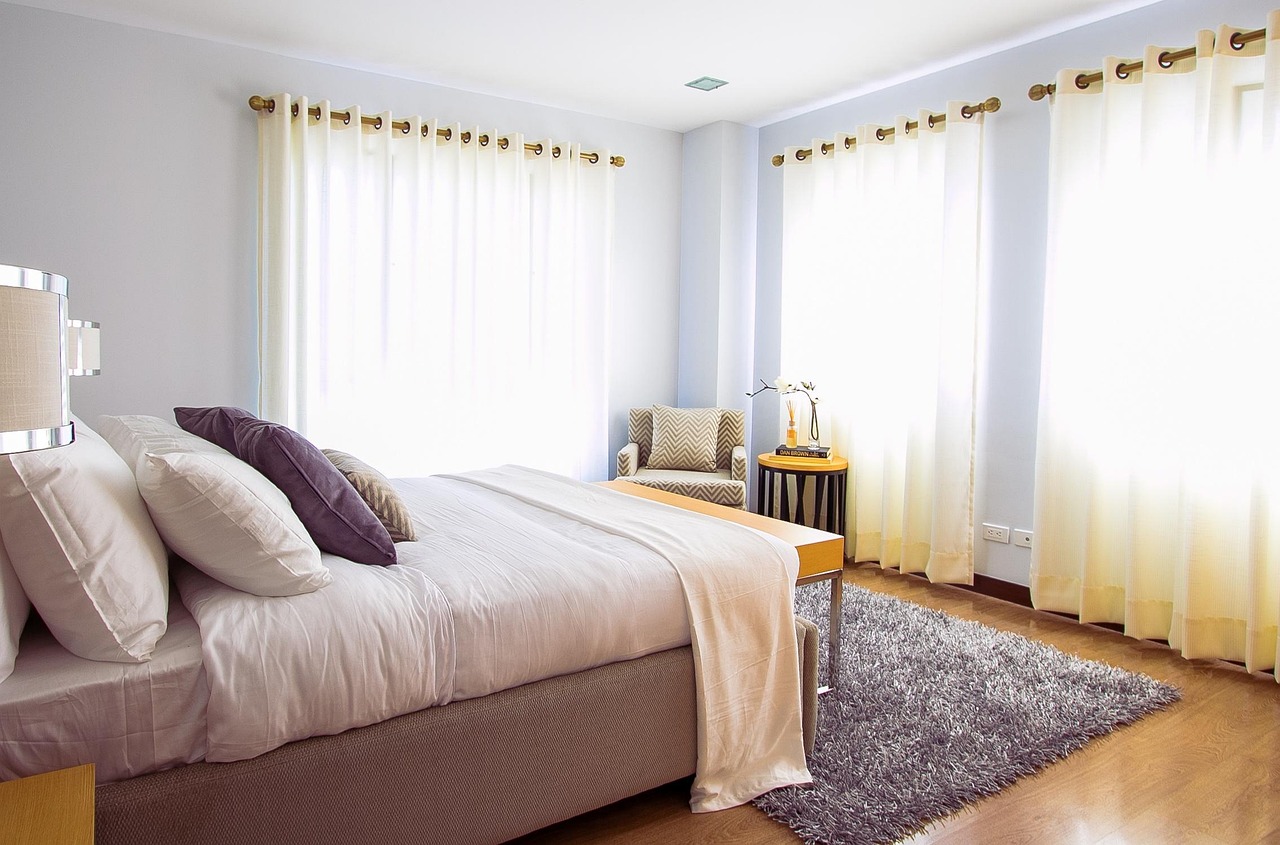
Lighting is no longer just about visibility—it’s a key factor in creating mood and serenity. According to the Lighting Research Center’s 2024 findings, natural light is the most desired feature in minimalist homes, with 84% of surveyed homeowners saying it makes them feel healthier and happier. Floor-to-ceiling windows, skylights, and strategically placed mirrors have become staples in recent architectural designs to maximize daylight. When artificial lighting is necessary, designers now favor soft, diffused sources that mimic natural sunlight, reducing glare and harsh shadows. Smart lighting systems, which have seen a 45% increase in adoption since 2023, allow users to adjust brightness and color temperature based on the time of day, supporting healthy sleep patterns. Thoughtful lighting choices can transform even the simplest room into a sanctuary, highlighting the beauty of minimalism.
Quality Over Quantity
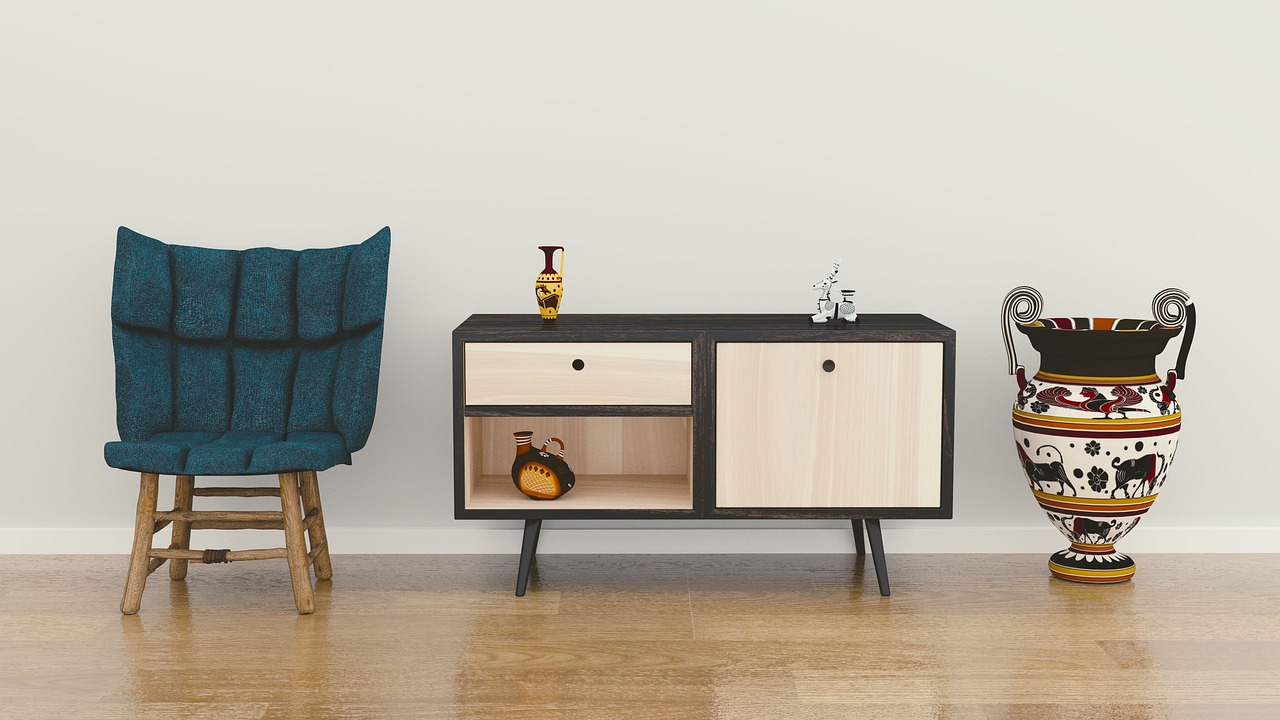
Minimalism is about choosing fewer, better things—an idea supported by recent consumer trends. The 2025 Deloitte Global Millennial Survey reports that 68% of young adults prefer to invest in high-quality, long-lasting items rather than constantly buying new, cheaper products. This focus on quality reduces clutter and promotes sustainability, as well-made pieces are less likely to end up in landfills. In minimalist interiors, you’ll often find handcrafted furniture, artisanal ceramics, or carefully selected art that tells a story. This not only elevates the look of the space but also creates an emotional connection to the objects you own. Recent research from the University of Copenhagen found that people living with fewer, cherished possessions reported higher levels of happiness and satisfaction. Prioritizing quality fosters a sense of pride and care in your surroundings.
Bringing Nature Indoors
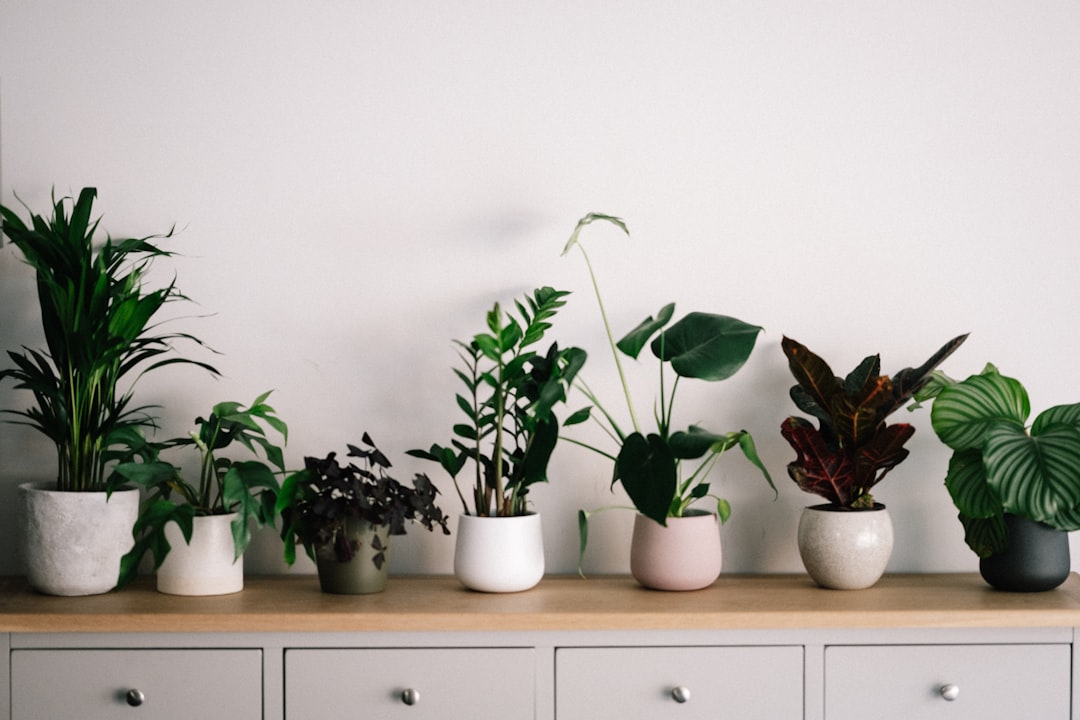
Connecting with nature is a core part of minimalist design, bringing peace and vitality into everyday life. Biophilic design—incorporating natural elements like wood, stone, and plants—has seen a 39% rise in residential projects since 2023, according to the Green Building Council. Houseplants, in particular, are more popular than ever, with NASA research confirming their ability to improve indoor air quality and reduce stress. Designers now favor simple planters and natural materials to maintain the minimalist aesthetic while adding warmth and texture. Large windows that frame views of greenery, or sliding doors that open to gardens, blur the lines between indoors and outdoors. A 2024 Harvard study found that exposure to indoor plants can boost mood and productivity by up to 15%. This natural connection transforms minimalist spaces into nurturing, serene retreats.
Personal Expression With Restraint
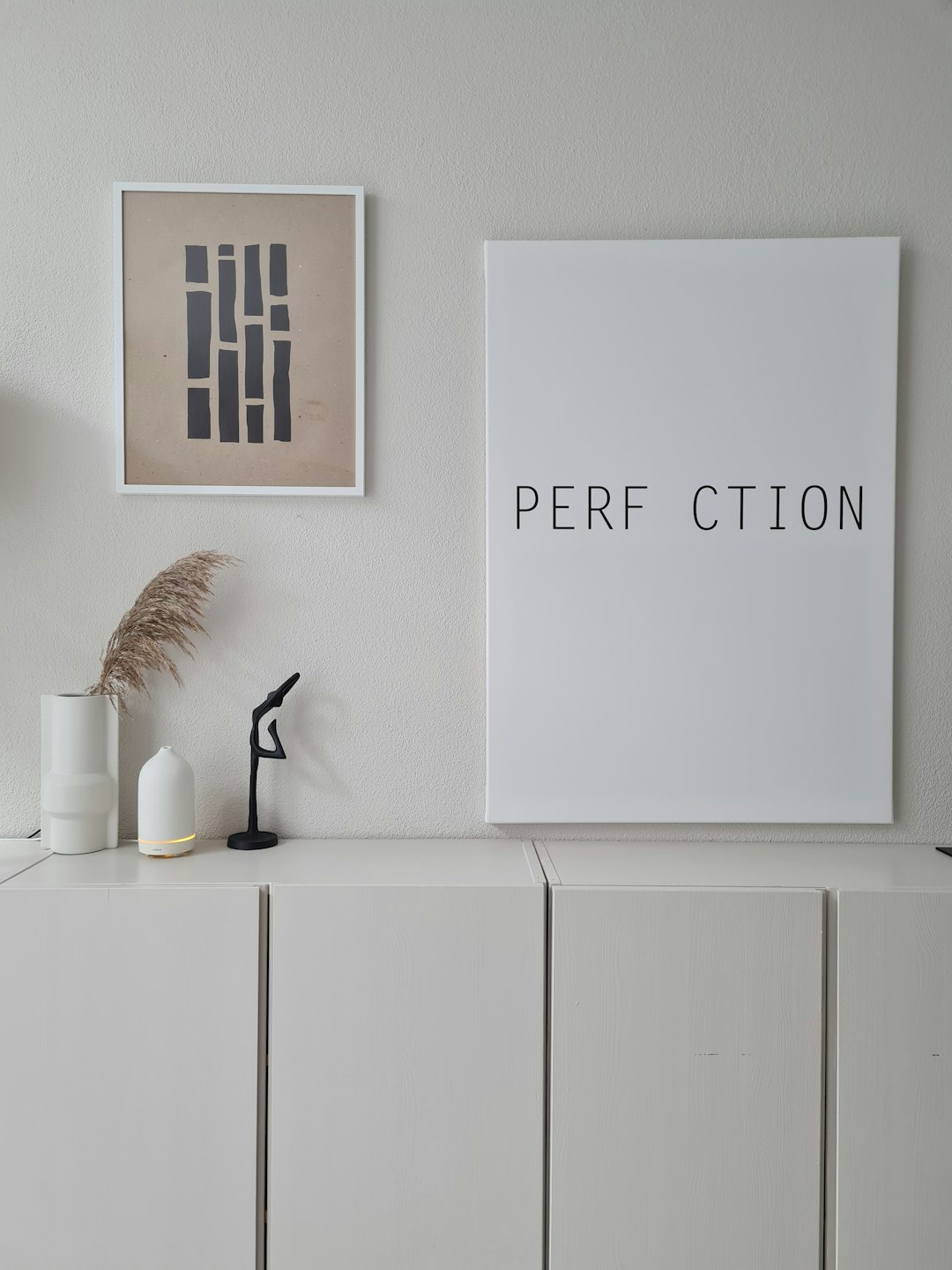
Minimalism doesn’t mean erasing personality; it’s about expressing yourself with intention and restraint. Designers in 2024 are encouraging homeowners to curate their spaces with a few meaningful objects rather than filling shelves with generic décor. This might mean displaying a single beloved painting, a collection of travel souvenirs, or family photos in simple frames—each chosen with care. A 2023 study by the Environmental Psychology Journal found that personalization, when done thoughtfully, increases feelings of belonging and contentment in a space by 29%. The key is to avoid visual noise and let each item shine, creating a gallery-like effect that feels both peaceful and deeply personal. Minimalist environments become unique reflections of those who live in them, proving that serenity and self-expression can go hand in hand.

Henrieke Otte is an accomplished writer and content editor, specializing in topics that inspire thoughtful living—ranging from global travel and sustainable lifestyles to interior design and architecture. With a keen editorial sense and a background in cultural studies, Henrieke brings depth, elegance, and clarity to every piece she crafts.
Her work is known for its engaging voice, visual sensitivity, and ability to turn complex ideas into accessible, reader-friendly narratives. Whether exploring eco-conscious destinations, dissecting climate-conscious home trends, or curating serene living spaces, Henrieke writes with a balance of creativity and insight that resonates with design-savvy, environmentally aware audiences.
Driven by a love of meaningful storytelling and a refined aesthetic, Henrieke contributes regularly to digital platforms and magazines where quality content meets visual sophistication.
